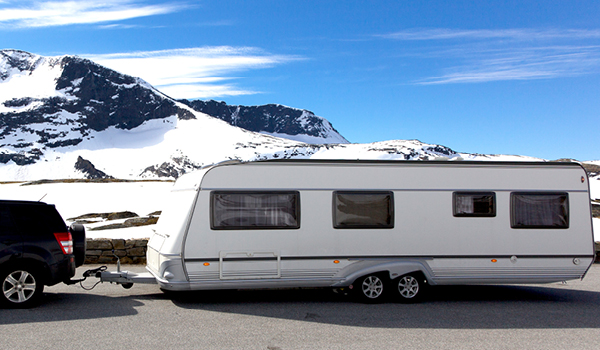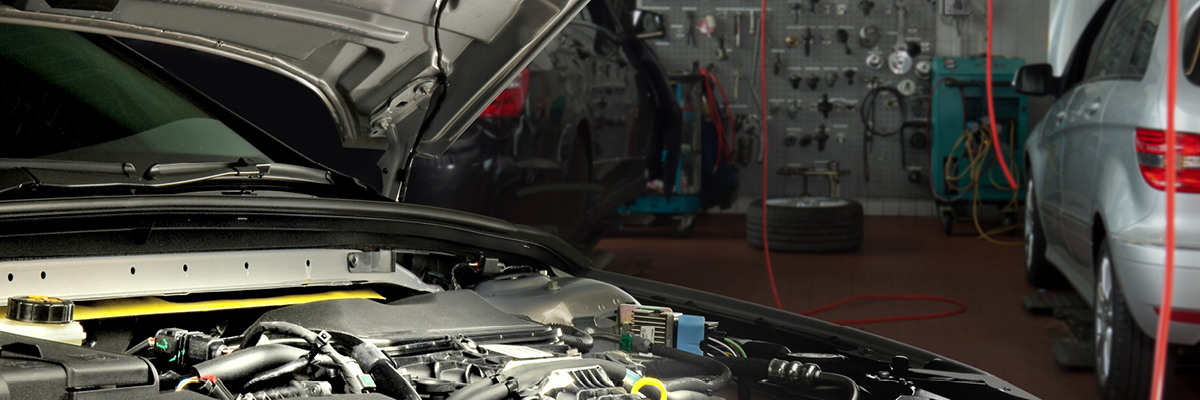

A properly charged and well-maintained battery has a significantly longer service life than one that has only been partially charged or has even been deeply discharged over a longer period of time. The Staudte Hirsch battery charger range includes small, low-cost chargers for occasional use or for float charging. We also produce all-round chargers with a special motorbike mode for 6 V and 12 V lead batteries and for charging lithium batteries with BMS.
When using an inverter in a vehicle, we recommend adding a second battery and a charging booster or second battery charger to the 12 V on-board system to protect the starter battery.
|
|
|
|
|
|
Coach |
Construction machinery |
Tractor |
Motorboat |
Sailing
boat |
Motorbike |
Scooter |
Moped |
Quad |
Lawn mower |
Electric wheelchair |
Golf trolley |
Snowmobile |
Jet Ski |
Solar system |
The user-friendly Staudte Hirsch automatic chargers are available as standard with a charging current between 1 A and 16 A, depending on the model.
|
|
 |
|||||
|
Battery |
Staudte Hirsch SH-3.160 12 V, 16 A |
|||||
| Charging method |
IU |
Multi-step | Multi-step | Multi-step | Multi-step | Multi-step |
| Charging current |
|
|
|
|
|
|
|
Regular mode, |
1.5 A ± 10 % |
1.0 A ± 10 % |
2.0 A ± 10 % |
4.5 A ± 10 % |
10.0 A ± 10 % |
16 A ± 10 % |
|
Motorbike mode, |
– | – | – |
1.0 A ± 10 % |
– | – |
| Battery capacity |
|
|
|
|
|
|
| Lead battery |
|
|
|
|
|
|
| Regular mode |
2.0 - 35.0 Ah |
from 1.2 Ah |
from 2.0 Ah |
from 14.0 Ah |
from 20.0 Ah |
from 30.0 Ah |
| Motorbike mode | – | – | – |
from 1.2 Ah |
– | – |
| Calcium battery | – |
from 1.2 Ah |
from 2.0 Ah |
from 14.0 Ah |
from 25.0 Ah |
from 30.0 Ah |
| Lithium battery | – |
from 1.2 Ah |
from 2.0 Ah |
from 25.0 Ah |
from 25.0 Ah |
from 30.0 Ah |
| Rechargeable battery types | ||||||
|
Lead-acid, lead-gel |
? | ? | ? | ? | ? | ? |
|
AGM |
? | o | o | ? | ? | ? |
|
Calcium |
– | o | o | o | ? | ? |
|
Lithium |
– | ? | ? | ? | ? | ? |
| Charging mode & functions | ||||||
|
Boost mode |
– | – | – | – | ? | ? |
|
12 V charging mode |
? | ? | ? | ? | ? | ? |
|
6 V charging mode |
– | ? | ? | ? | – | – |
|
Desulfation function |
? | – | – | – | – | – |
|
Automatic |
– | ? | ? | ? | ? | ? |
|
Float charging phase |
? | ? | ? | ? | ? | ? |
|
Auto-memory function |
– | ? | ? | ? | ? | ? |
| General | ||||||
|
Protection against short |
? | ? | ? | ? | ? | ? |
| IP protection (housing) |
IP 20 |
IP 20 |
IP 20 |
IP 65 |
IP 65 |
IP 20 |
|
Dimensions |
110 x 70 x 40 |
110 x 70 x 40 |
110 x 70 x 40 |
203 x 67 x 48 |
242 x 102 x 60 |
242 x 102 x 60 |
| Weight (without accessories) |
260 g |
250 g |
250 g |
490 g |
850 g |
960 g |
| Item no. | 331100 | 331200 | 331700 | 331300 | 331500 | 331600 |
| ? = yes o = Charging possible, but not optimised for this battery type. – = no |
||||||
Product overview Staudte Hirsch battery chargersWe have summarised the most important technical data for the Staudte Hirsch professional charger series for you in a concise table. |
After prior consultation, our Staudte Hirsch chargers can be customised according to your individual requirements. Contact us, we will be happy to advise you and make you an offer for your individual device or series.
The user-friendly Staudte Hirsch automatic chargers are available as standard with a charging current between 1 A and 16 A, depending on the model.
Product overview Staudte Hirsch battery chargersWe have summarised the most important technical data for the Staudte Hirsch professional charger series for you in a concise table. |
After prior consultation, our Staudte Hirsch chargers can be customised according to your individual requirements. Contact us, we will be happy to advise you and make you an offer for your individual device or series.
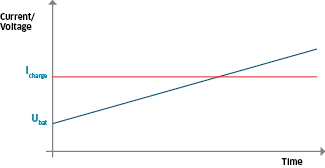
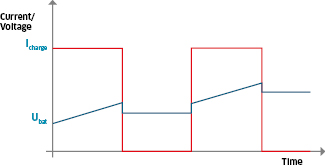

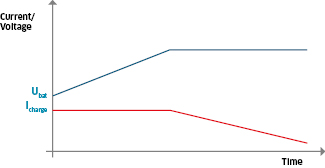
Multi-stage battery charging process (IUoU charging)This more complex, multi-stage charging technology also consists of a combination of the charging processes mentioned above. A microcontroller integrated into the charger ensures that the appropriate charging process is selected in order to charge the battery as quickly and efficiently as possible. |
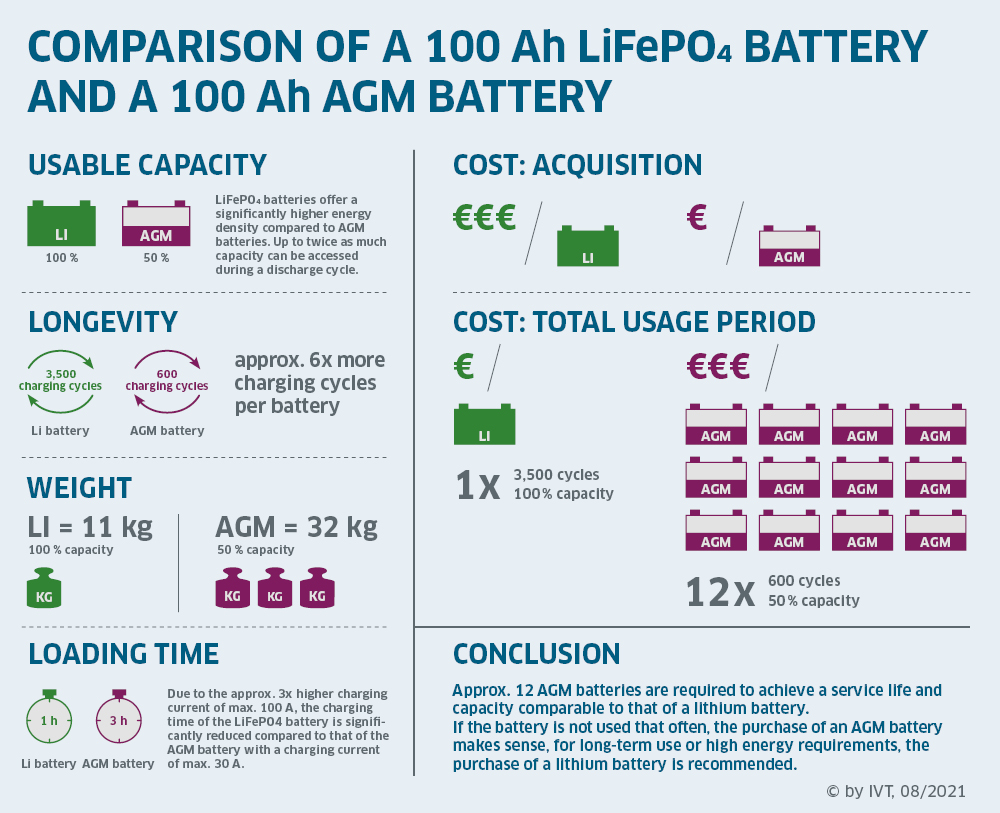
As a rule, a lead-acid, lead-gel or AGM battery can be replaced with a LiFePO4 battery. However, the existing charging profiles of the existing charging devices/chargers must be checked and adjusted if necessary. Use suitable chargers with a maximum end-of-charge voltage of 14.6 V. Even simple lead-gel, lead-acid and AGM battery chargers can damage the LiFePO4 battery when first connected. Check the charging parameters of the respective charger in advance.
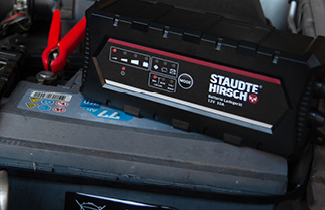

Batteries can only be charged gently and fully with a suitable charger. Always compare the technical data of the charger with that of the battery.
In order to utilise the full capacity of your battery, a full charge is a basic requirement.
Deep discharge occurs when more than 60 % of the battery capacity has been used up. Use loads that have deep discharge protection.
This prolongs the service life and prevents harmful deep discharging. The so-called "memory effect" does not occur with lead batteries.
If discharged batteries are not recharged for a longer period of time, there is a risk that the natural self-discharge will lead to a damaging deep discharge.
Charging a battery while the load is switched on can lead to excessive heating of the charger or battery.
By using chargers with float charging, you ensure that a loss of capacity due to self-discharge is compensated and that your storage battery can be optimally utilised even after a long period of inactivity.


